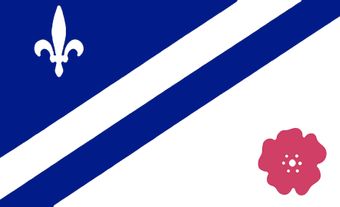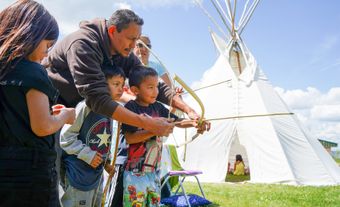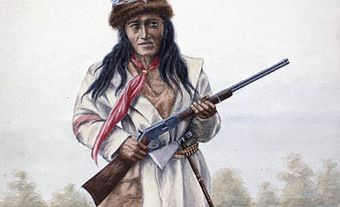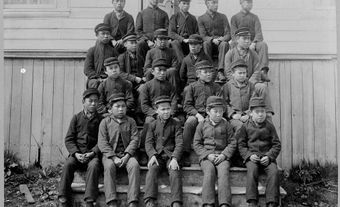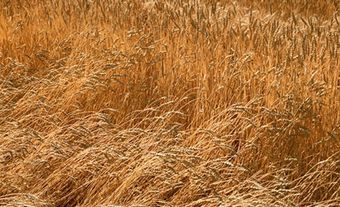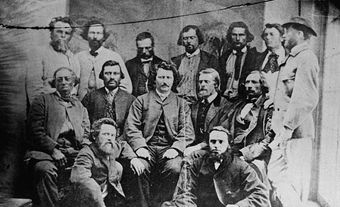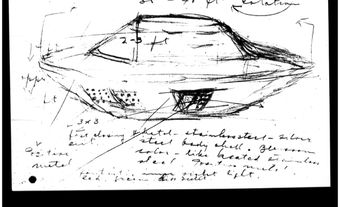St. Paul, Alberta, incorporated as a town in 1936, population 5,827 (2016 census), 5,405 (2011 census). The town of St. Paul, county seat for the county of St. Paul, is located on the north shore of Upper Thérien Lake, about 200 km northeast of Edmonton.
Indigenous Peoples and Treaties
St. Paul is located on the traditional territory of the Cree and Métis peoples. The area is covered by Treaty 6, signed in 1876.
Settlement
In 1895, Oblate father Albert Lacombe successfully appealed for reservation of four townships near the Saddle Lake Indian Reserve for Métis settlement. The small agricultural community of Saint-Paul-des-Métis soon included some 50 families. In 1908, however, the settlement’s lease was cancelled. Histories of St. Paul suggest that the Métis colony failed due to a lack of funds and resources. But some also point to evidence that religious and government officials were eager to bring in white settlers. In 1909, the federal government opened the former Métis lands to general settlement. The Métis, who were not consulted on this decision, petitioned against it to no avail. Many moved away.
Development
The French-speaking Quebecers, Ukrainians and others who arrived did so without a railway connection until volunteers completed the Canadian National Railway line from nearby Spedden in 1920. Considerable soil variation made mixed farming (especially beef cattle and grain) popular. When the town incorporated in 1936, it shortened its name to St. Paul.
In 1967, St. Paul drew international attention when it built a UFO landing pad as part of Canada’s Centennial celebrations.

Today, large corporate farms have mostly replaced the small farms of the past. In addition to agriculture, oil and gas is an important industry in the area.
Indigenous, Franco-Albertan and Ukrainian cultural organizations reflect St. Paul’s traditions. Its educational facilities include Portage College and the neighbouring University nuhelot’įne thaiyots’į nistameyimâkanak Blue Quills.
Did you know?
Blue Quills, the university, was once the Blue Quills Indian Residential School, which came to St. Paul in 1931. The federal government planned to close the school in 1970. However, local Indigenous people successfully protested for the right run it themselves. Blue Quills became the first of several residential schools transferred to Indigenous management.

 Share on Facebook
Share on Facebook Share on X
Share on X Share by Email
Share by Email Share on Google Classroom
Share on Google Classroom
